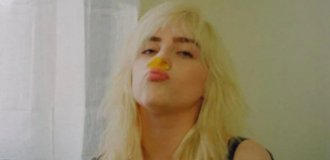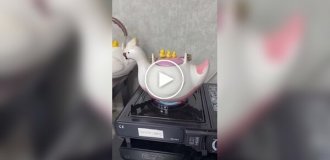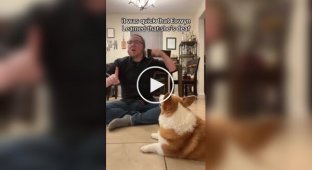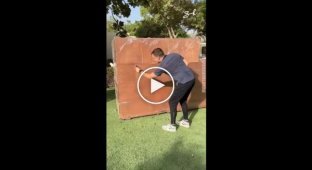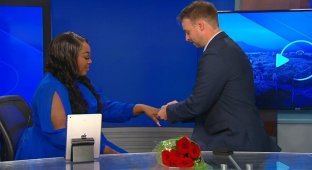Gloves translate sign language into speech (3 photos + 1 video)
Before the advent of Google Translate and artificial intelligence, it was quite difficult to understand the speech of foreigners. Now it has become much easier to communicate with people of other cultures. These tools are great for those who have the ability to hear, but people with hearing loss may not be able to take full advantage of them. Fortunately, gloves have emerged that translate hand gestures into text or speech. 
Two University of Washington students have developed gloves called SignAloud to translate gestures into text or speech. The innovative invention earned its creators the Lemelson Prize of $10,000. 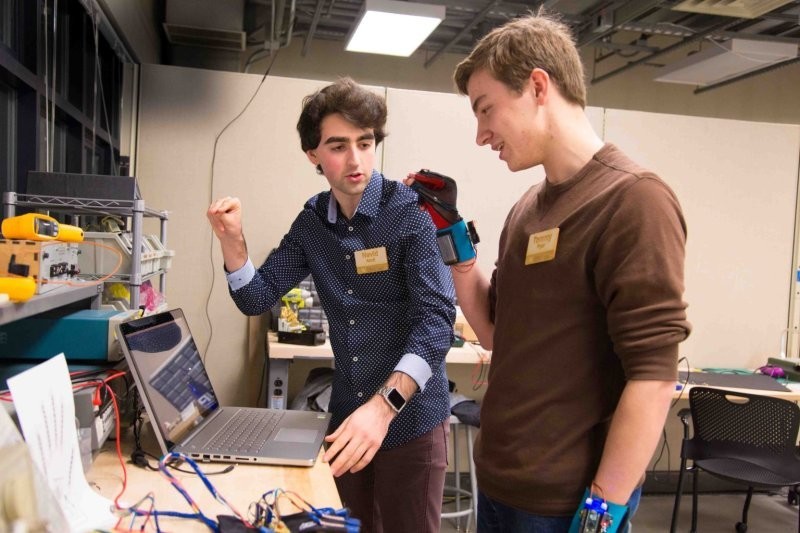
Navid Azodi and Thomas Pryor met in their first year, and then discovered a mutual interest in solving a problem. At the time, they were studying business administration and aeronautics and astronautics engineering. Azodi gained technical experience as a systems intern at NASA, and Pryor was a researcher in the Department of Aeronautics and Astronautics' Composite Structures Laboratory and a software development manager.
They created the SignAloud gloves, which recognize hand gestures used in American Sign Language (ASL) and translate them into words and phrases in real time. Each glove is equipped with sensors to track hand movements and transmit data via Bluetooth wireless technology to a computer. When it identifies a gesture, it speaks the corresponding word or phrase through the speaker.
"Many sign language interpreting devices are impractical for everyday use. Our gloves are lightweight, compact, fit on the hand, yet ergonomic enough to be used as an everyday accessory, like hearing aids or contact lenses," says Pryor.
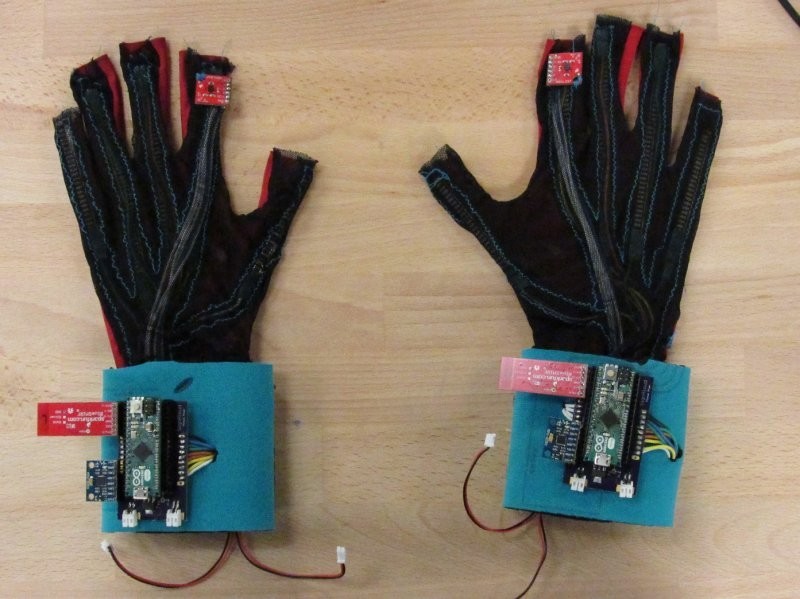
“Our goal was to provide an easy way for American Sign Language speakers to communicate with the rest of the world,” Azodi explains. “The idea originally came from our shared interest in invention and problem solving. Communication is a basic human right, and we decided make it more accessible to a wider audience."
Today, young inventors continue to push the boundaries of technology. Pryor works as an avionics engineer at Astrolab, building lunar rovers. Azodi is an IT consultant at Accenture.


